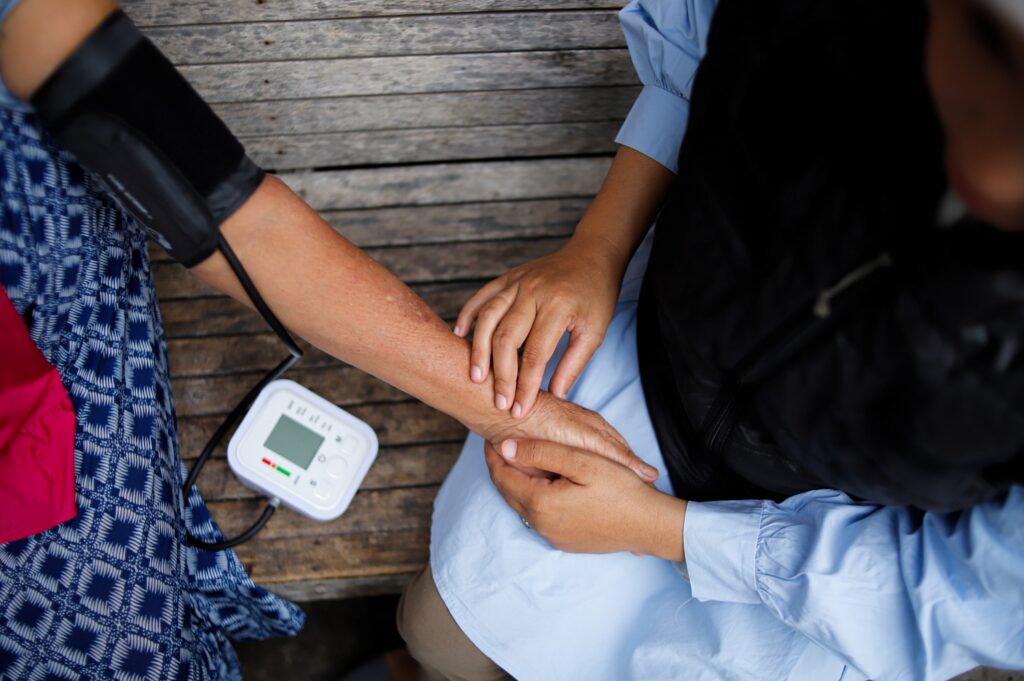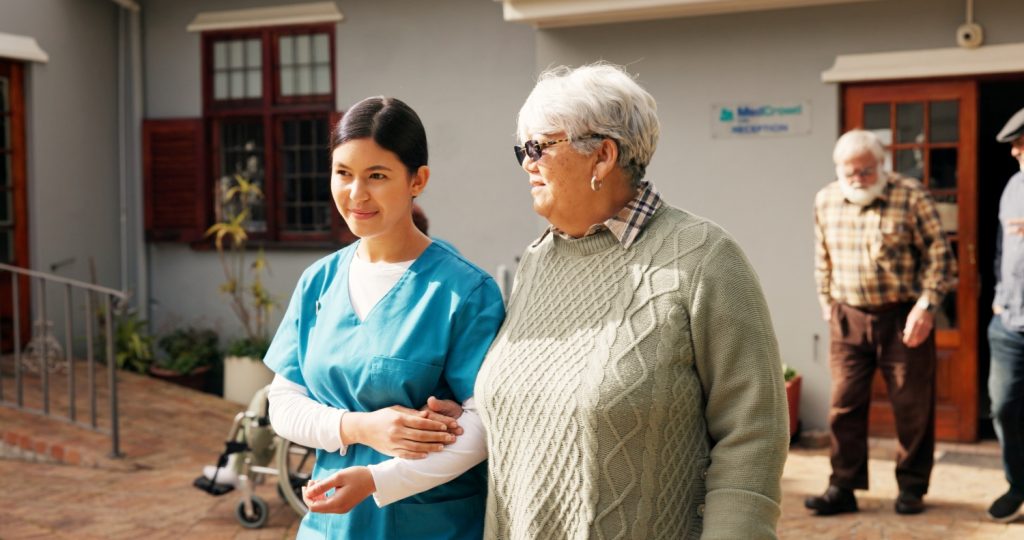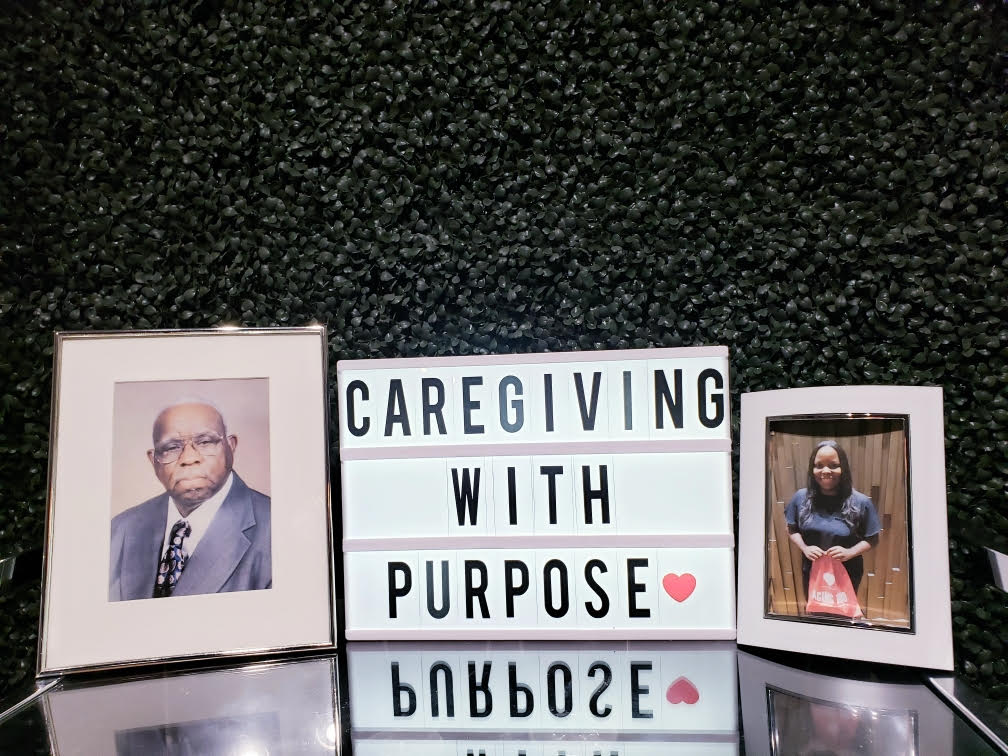Thanks to 40 years of dedicated research, public education, and medical breakthroughs, HIV in the United States has become largely preventable—a manageable condition for people who are connected to care. HIV-related deaths, however, still occur, and new cuts from the Trump administration threaten to undo decades of progress in reducing new HIV diagnoses and access to lifesaving treatment.
The precise impact of last Tuesday’s cuts is unknown, but it appears that five branches of the Centers for Disease Control and Prevention’s (CDC) Division of HIV Prevention were essentially dismantled. The Division is the key source for collecting and analyzing data on new HIV cases across the country. It also supports critical research on HIV transmission and promotes HIV testing and groundbreaking interventions, including pre-exposure prophylaxis (PrEP), a highly effective medication that protects against HIV transmission, and post-exposure prophylaxis (PEP), medical treatment taken after a possible exposure to HIV to prevent development of the disease.
The Health Resources and Services Administration Ryan White HIV/AIDS Program cannot make up for these massive cuts, and state HIV resource budgets are far too small to fill the gap that will be created. Without these federal resources, we are vulnerable to losing crucial HIV prevention services—and the consequences could be dire.
According to amfAR, The Foundation for AIDS Research, there are 32,000 new cases of HIV in the U.S. each year and more than 19,000 AIDS-related deaths. Meanwhile, 1.2 million Americans are living with HIV.
“[The Division of HIV Prevention] helps fund HIV testing, PrEP, PEP and condom distribution. They conduct HIV case surveillance, and they are the institution that healthcare providers report to when a person tests positive for HIV, so we have that data,” explained co-author Terri L. Wilder, HIV/Aging Policy Advocate at SAGE.
“This surveillance data helps guide public health strategies, policies and interventions. That’s how we figure out where HIV prevention resources should go,” she added.
‘Even before [the new administration], we were having a hard time getting providers in the aging space to recognize that older people have sex, take drugs, and may be vulnerable to acquiring HIV.’
These cuts will undoubtedly exact a disastrous toll on human life. A lifetime of medical care for someone living with HIV can cost more than $500,000. HIV prevention programs help avoid those costs and, more importantly, save lives.
Additionally, cutting in half or eliminating entirely the Division of HIV Prevention’s annual budget of $1.3 billion will result in massive increases in HIV treatment costs; amfAR estimates an increase of as much as $60 billion just over the first 5 years, a huge burden on people’s wallets and insurance plans.
“If this Division and the programs it supports shut down, you may not have places to send the clients you work with to get HIV testing or PrEP, because those community-based services wouldn’t exist anymore,” said Wilder. “Senior centers often have health fairs and speakers that come in to talk about health and wellness. What if those people suddenly go away and there’s no one to talk to older people about sexual health and HIV prevention?”
At SAGE, we strongly support HIV prevention and the sexual health of LGBTQ+ elders. The LGBTQ+ community has been on the frontlines of the HIV epidemic from the very beginning, and now, we need to protect the progress we’ve made. Older LGBTQ+ adults have lived through some of the hardest years of the HIV epidemic and know how far we have come. It is critical that we continue to invest in HIV prevention efforts for all people.
“Even before [the new administration], we were having a hard time getting providers in the aging space to recognize that older people have sex, take drugs, and may be vulnerable to acquiring HIV,” Wilder said. “You can work in aging and still be ageist. HIV is not just an issue for younger people, but for older people as well. Age is not a condom.”
Based on the CDC’s research, more than half of people living with HIV in the U.S. are older than age 50. This number is projected to increase to as much as 70% by 2030 in some parts of the country, showcasing the stark reality that HIV is a huge issue in the older adult community and will only grow in impact.
We at SAGE urge Generations Now readers to take action now to prevent the clock from turning back on HIV/AIDS progress. Call your United States Senators and Representatives today and tell them to stop these cuts to HIV prevention funding and to protect the CDC from further harm. You can reach them by calling the U.S. Capitol Switchboard at (202) 224-3121 for the Senate and (202) 225-3121 for the House.
Join the fight to protect the health of our community and ensure that the resources needed to prevent HIV remain strong for all!
Terri L. Wilder, MSW, is the HIV/Aging Policy Advocate at SAGE, and based in Minneapolis. Bren Cole is Director of Marketing & Communications at SAGE, and based in Boston.
Photo credit: Shutterstock/HIV in view













